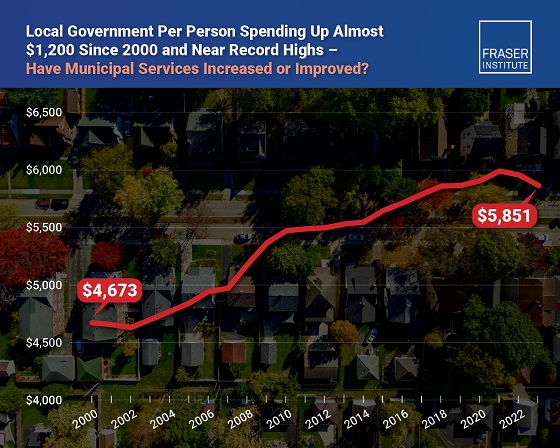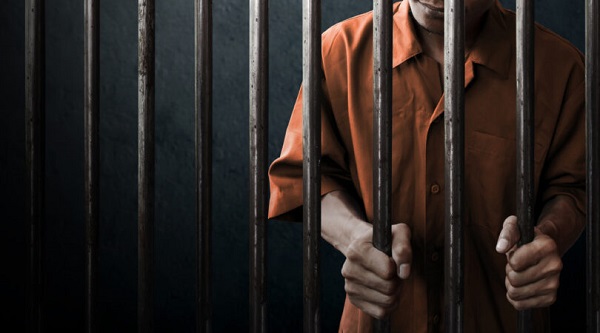Fraser Institute
Cost of Ottawa’s gun ban fiasco may reach $6 billion
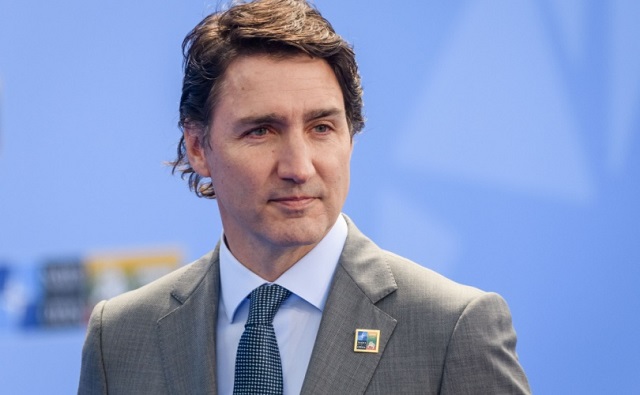
From the Fraser Institute
By Gary Mauser
According to the government, it has already spent $67.2 million, which includes compensation for 60 federal employees working on the “buyback,” which still doesn’t exist.
Four years ago, the Trudeau government banned “1,500 types” of “assault-style firearms.” It’s time to ask if public safety has improved as promised.
This ban instantly made it a crime for federally-licensed firearms owners to buy, sell, transport, import, export or use hundreds of thousands formerly legal rifles and shotguns. According to the government, the ban targets “assault-style weapons,” which are actually classic semi-automatic rifles and shotguns that have been popular with hunters and sport shooters for more than 100 years. When announcing the ban, the prime minister said the government would confiscate the banned firearms and their legal owners would be “grandfathered” or receive “fair compensation.” That hasn’t happened.
As of October 2024, the government has revealed no plans about how it will collect the newly-banned firearms nor has it made any provisions for compensation in any federal budget since the announcement in 2020. Originally, the government enacted a two-year amnesty period to allow compliance with the ban. This amnesty expired in April 2022 and has been twice extended, first to Oct. 30, 2023, then to Oct. 30, 2025.
Clearly, the ban—which the government calls a “buyback”—has been a gong show from the beginning. Since Trudeau’s announcement four years ago, virtually none of the banned firearms have been surrendered. The Ontario government refuses to divert police resources to cooperate with this federal “buyback” scheme. The RCMP’s labour union has said it’s a “misdirected effort when it comes to public safety.” The Canadian Sporting Arms & Ammunition Association, which represents firearms retailers, said it will have “zero involvement” in helping confiscate these firearms. Even Canada Post wants nothing to do with Trudeau’s “buyback” plan. And again, the government has revealed no plan for compensation—fair or otherwise.
And yet, according to the government, it has already spent $67.2 million, which includes compensation for 60 federal employees working on the “buyback,” which still doesn’t exist.
It remains unclear just how many firearms the 2020 ban includes. The Parliamentary Budget Officer estimates range between 150,000 to more than 500,000, with an estimated total value between $47 million and $756 million. These costs only include the value of the confiscated firearms and exclude the administrative costs to collect them and the costs of destroying the collected firearms. The total cost of this ban to taxpayers will be more than $4 billion and possibly more than $6 billion.
Nevertheless, while the ban of remains a confusing mess, after four years we should be able to answer one key question. Has the ban made Canadians safer?
According to Statistics Canada, firearm-related violent crime swelled by 10 per cent from 2020 to 2022 (the latest year of comparable data), from 12,614 incidents to 13,937 incidents. And in “2022, the rate of firearm-related violent crime was 36.7 incidents per 100,000 population, an 8.9% increase from 2021 (33.7 incidents per 100,000 population). This is the highest rate recorded since comparable data were first collected in 2009.”
Nor have firearm homicides decreased since 2020. Perhaps this is because lawfully-held firearms are not the problem. According to StatsCan, “the firearms used in homicides were rarely legal firearms used by their legal owners.” However, crimes committed by organized crime have increased by more than 170 per cent since 2016 (from 4,810 to 13,056 crimes).
Meanwhile, the banned firearms remain locked in the safes of their legal owners who have been vetted by the RCMP and are monitored nightly for any infractions that might endanger public safety.
Indeed, hunters and sport shooters are among the most law-abiding people in Canada. Many Canadian families and Indigenous peoples depend on hunting to provide food for the family dinner table through legal harvesting, with the added benefit of getting out in the wilderness and spending time with family and friends. In 2015, hunting and firearm businesses alone contributed more than $5.9 billion to Canada’s economy and supported more than 45,000 jobs. Hunters are the largest contributors to conservation efforts, contributing hundreds of millions of dollars to secure conservation lands and manage wildlife. The number of licensed firearms owners has increased 17 per cent since 2015 (from 2.026 million to 2.365 million) in 2023.
If policymakers in Ottawa and across the country want to reduce crime and increase public safety, they should enact policies that actually target criminals and use our scarce tax dollars wisely to achieve these goals.
Author:
Business
Latest shakedown attempt by Canada Post underscores need for privatization

From the Fraser Institute
By Alex Whalen and Jake Fuss
For the second time in just six months, the Canadian Union of Postal Workers (CUPW) is threatening strike action. As Canadians know all too well, postal strikes can be highly disruptive given the federal government provides Canada Post with a near-monopoly on letter mail across the country. CUPW is well aware of this and uses it to their advantage in negotiations. While CUPW has the right to ask for whatever they like, Canadians should finally be freed from this albatross.
In January, the Trudeau government loaned Canada Post a whopping $1.034 billion to help “maintain its solvency and continue operating.” Since 2018, Canada Post has lost more than $4.6 billion, and according to its latest financial update, lost more than $100 million in the first quarter of 2025 alone. Canadians are on the hook for these losses because the federal government owns Canada Post.
Salaries and other employee costs comprise more than 66 per cent of Canada Post’s expenses, and CUPW and Canada Post management both know they can simply pass any losses on to Canadians. Consequently, there’s less incentive for management to control the bottom line or make reasonable budget requests when negotiating with the government. But if the government privatizes Canada Post, it would impose a proper constraint on costs that doesn’t currently exist. This is only fair given there’s no compelling reason why Canadians should underwrite the inflation of salaries in a money-losing Crown corporation.
Of course, government ownership of Canada Post is archaic. When the organization was founded more than 250 years ago, the world was quite different. In today’s age of Amazon, a plethora of delivery services exist coast-to-coast that serve Canadian consumers. Other countries including the Netherlands, Austria and Germany long ago privatized their postal services. The result was increased competition, which in turn reduced prices and improved quality.
Alongside privatization, the federal government should also eliminate Canada Post’s near-monopoly status on letter mail. This policy is purportedly meant to ensure universal service. But in reality, it prohibits other potential service providers from entering the letter-delivery market (including in remote areas that may experience less Canada Post service post-privatization), deprives Canadians of choice, and crucially, reduces the incentive for Canada Post to improve its service.
Simply put, the federal government should focus on its core responsibilities, and delivering mail is clearly not one of them. Given Canada Post’s latest attempted shakedown of Canadians, it’s never been clearer that it’s time for Canada Post to go the way of Air Canada, de Havilland and CN Rail. Once upon a time, the federal government owned all three of these entities until it became clear there was no reason for the government to own an airline, build planes or deliver goods by train. Why is letter mail any different? Canadians deserve better.
Business
Massive government child-care plan wreaking havoc across Ontario

From the Fraser Institute
By Matthew Lau
It’s now more than four years since the federal Liberal government pledged $30 billion in spending over five years for $10-per-day national child care, and more than three years since Ontario’s Progressive Conservative government signed a $13.2 billion deal with the federal government to deliver this child-care plan.
Not surprisingly, with massive government funding came massive government control. While demand for child care has increased due to the government subsidies and lower out-of-pocket costs for parents, the plan significantly restricts how child-care centres operate (including what items participating centres may purchase), and crucially, caps the proportion of government funds available to private for-profit providers.
What have families and taxpayers got for this enormous government effort? Widespread child-care shortages across Ontario.
For example, according to the City of Ottawa, the number of children (aged 0 to 5 years) on child-care waitlists has ballooned by more than 300 per cent since 2019, there are significant disparities in affordable child-care access “with nearly half of neighbourhoods underserved, and limited access in suburban and rural areas,” and families face “significantly higher” costs for before-and-after-school care for school-age children.
In addition, Ottawa families find the system “complex and difficult to navigate” and “fewer child care options exist for children with special needs.” And while 42 per cent of surveyed parents need flexible child care (weekends, evenings, part-time care), only one per cent of child-care centres offer these flexible options. These are clearly not encouraging statistics, and show that a government-knows-best approach does not properly anticipate the diverse needs of diverse families.
Moreover, according to the Peel Region’s 2025 pre-budget submission to the federal government (essentially, a list of asks and recommendations), it “has maximized its for-profit allocation, leaving 1,460 for-profit spaces on a waitlist.” In other words, families can’t access $10-per-day child care—the central promise of the plan—because the government has capped the number of for-profit centres.
Similarly, according to Halton Region’s pre-budget submission to the provincial government, “no additional families can be supported with affordable child care” because, under current provincial rules, government funding can only be used to reduce child-care fees for families already in the program.
And according to a March 2025 Oxford County report, the municipality is experiencing a shortage of child-care staff and access challenges for low-income families and children with special needs. The report includes a grim bureaucratic predication that “provincial expansion targets do not reflect anticipated child care demand.”
Child-care access is also a problem provincewide. In Stratford, which has a population of roughly 33,000, the municipal government reports that more than 1,000 children are on a child-care waitlist. Similarly in Port Colborne (population 20,000), the city’s chief administrative officer told city council in April 2025 there were almost 500 children on daycare waitlists at the beginning of the school term. As of the end of last year, Guelph and Wellington County reportedly had a total of 2,569 full-day child-care spaces for children up to age four, versus a waitlist of 4,559 children—in other words, nearly two times as many children on a waitlist compared to the number of child-care spaces.
More examples. In Prince Edward County, population around 26,000, there are more than 400 children waitlisted for licensed daycare. In Kawartha Lakes and Haliburton County, the child-care waitlist is about 1,500 children long and the average wait time is four years. And in St. Mary’s, there are more than 600 children waitlisted for child care, but in recent years town staff have only been able to move 25 to 30 children off the wait list annually.
The numbers speak for themselves. Massive government spending and control over child care has created havoc for Ontario families and made child-care access worse. This cannot be a surprise. Quebec’s child-care system has been largely government controlled for decades, with poor results. Why would Ontario be any different? And how long will Premier Ford allow this debacle to continue before he asks the new prime minister to rethink the child-care policy of his predecessor?
-
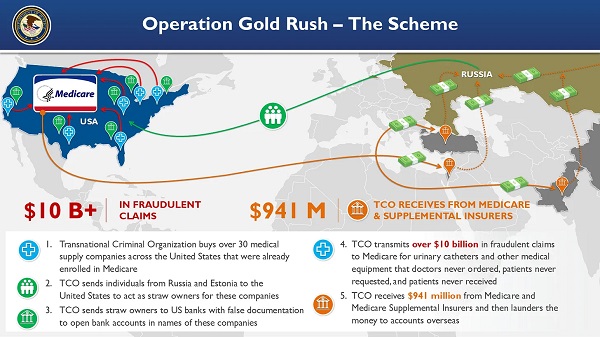
 Crime2 days ago
Crime2 days agoNational Health Care Fraud Takedown Results in 324 Defendants Charged in Connection with Over $14.6 Billion in Alleged Fraud
-

 Health2 days ago
Health2 days agoRFK Jr. Unloads Disturbing Vaccine Secrets on Tucker—And Surprises Everyone on Trump
-
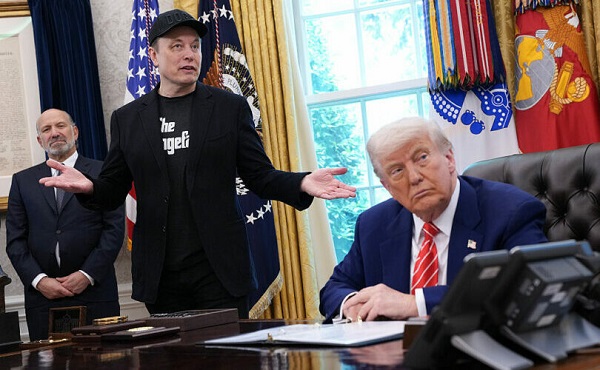
 Business1 day ago
Business1 day agoElon Musk slams Trump’s ‘Big Beautiful Bill,’ calls for new political party
-
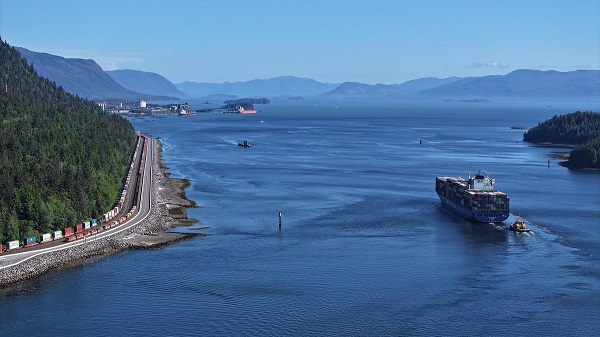
 Business13 hours ago
Business13 hours agoWhy it’s time to repeal the oil tanker ban on B.C.’s north coast
-

 Censorship Industrial Complex1 day ago
Censorship Industrial Complex1 day agoGlobal media alliance colluded with foreign nations to crush free speech in America: House report
-
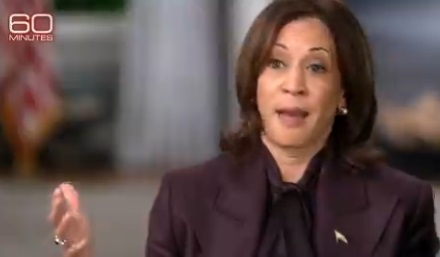
 International21 hours ago
International21 hours agoCBS settles with Trump over doctored 60 Minutes Harris interview
-

 Business13 hours ago
Business13 hours agoLatest shakedown attempt by Canada Post underscores need for privatization
-

 Energy13 hours ago
Energy13 hours agoIf Canada Wants to be the World’s Energy Partner, We Need to Act Like It



